
As electronic devices become more common, USB ports are essential for connecting items like mice, keyboards, USB drives, and printers. However, in Windows 11, USB ports can sometimes stop working unexpectedly, disrupting daily tasks. This guide provides quick and easy steps to help you fix the issue.
1. Check USB Ports and Device Connections
When troubleshooting USB port issues, start by checking basic hardware connections with these steps:
Reconnect the USB device: Sometimes, a device may not be correctly inserted, resulting in it not being recognized. Disconnect and reconnect the device to see if it starts working again.
Try a different USB port: If the device still doesn't work, the issue may be with a specific port. Try plugging the device into another USB port on your computer.
Test with other devices: If you have another USB device, connect it to the same port to see if the original device is faulty.
If these simple checks don't resolve the issue, continue with the following steps for deeper troubleshooting.
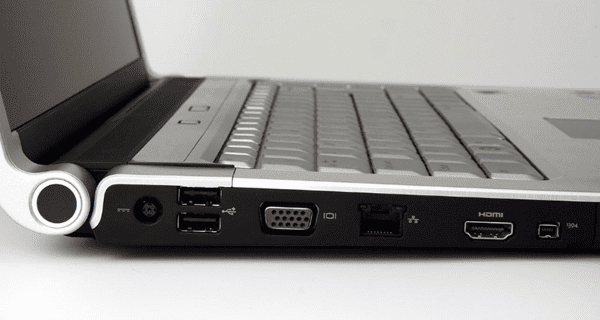
2. Restart Your Computer
Sometimes, USB issues are caused by temporary system glitches. A quick restart can often fix these minor problems. After restarting, reconnect the USB device and check if it works. If a restart doesn't help, further system settings adjustments may be needed.
3. Update or Reinstall USB Drivers
USB drivers enable communication between your system and connected devices. When a driver is outdated or corrupted, USB ports may malfunction. Follow these steps to update or reinstall drivers:
Download and install "Driver Sentry": To easily detect and fix USB driver issues, use "Driver Sentry" for automatic scanning and repairing of missing or outdated drivers. This tool saves time and ensures compatibility, keeping your USB ports running smoothly.
Scan for drivers: Open Driver Sentry and click "Scan" to automatically check all hardware and identify any driver issues.
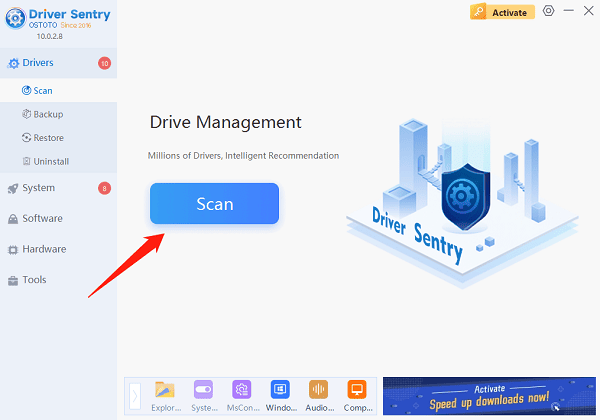
Update drivers: In the scan results, click "Repair Now" to update missing or outdated drivers to the correct versions.
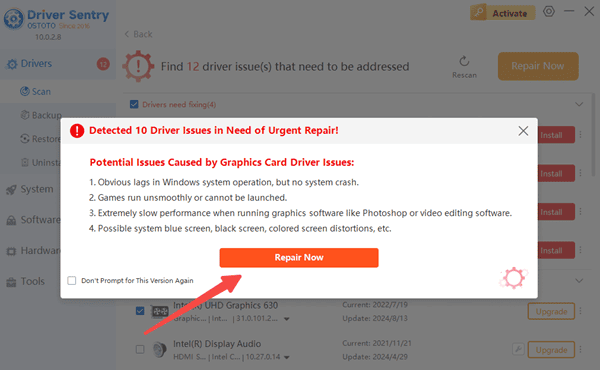
Reinstall drivers: If updating doesn't work, right-click the Start menu, select "Device Manager", expand "Universal Serial Bus controllers", find "USB Root Hub" or "USB Port", right-click and choose "Uninstall device". Then, use Driver Sentry to reinstall the drivers.
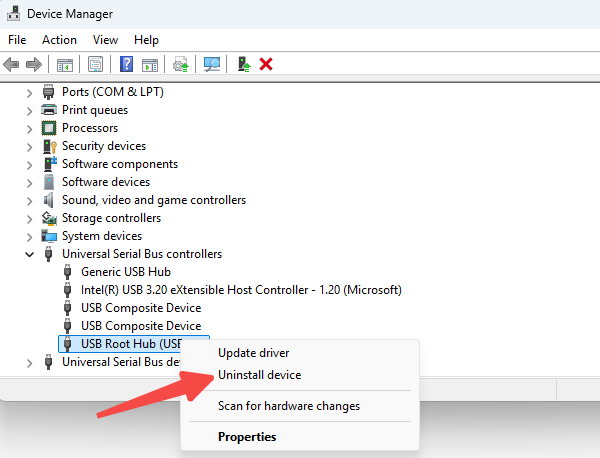
4. Check Power Management Settings
Windows 11's power management may turn off certain ports to conserve energy, particularly on laptops. Use these steps to modify power settings:
Open Device Manager: Go to Device Manager again.
Check USB hub power management settings: Right-click "USB Root Hub," select "Properties".
Disable power-saving options: Under the "Power Management" tab, uncheck "Allow the computer to turn off this device to save power", then click "OK" to save changes.
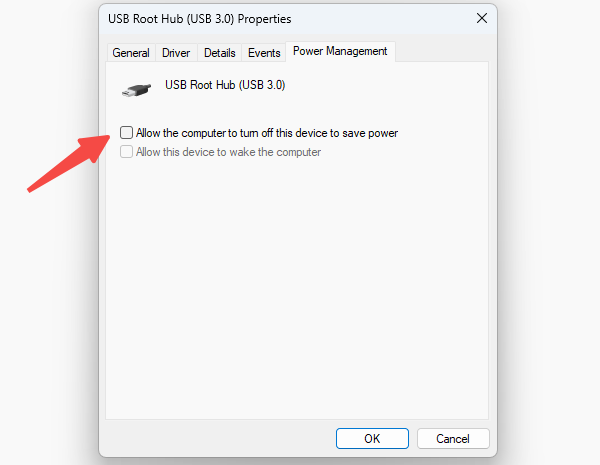
After adjusting these settings, reconnect the USB device to check if it works.
5. Check for Windows Updates
System updates can introduce new features and fixes but may occasionally cause issues with drivers or ports. If Windows 11 was recently updated, this could be the source of the USB port problem. Try these steps:
Go to Settings: Open the Start menu and choose "Settings".
Check update history: Under "Windows Update", review recent updates.
Revert to a previous version: If USB issues appeared after an update, you can try reverting to a previous version. Select the "Recovery" option and follow the prompts.
These steps effectively resolve most USB port issues in Windows 11. Regularly updating drivers can prevent problems, and tools like "Driver Sentry" help keep your drivers up-to-date, reducing errors and improving performance.
See also:
How to fix usb keyboard not recognized
Top 10 Ways to Fix Computer Sound Issues
What to do if wireless mouse is not working